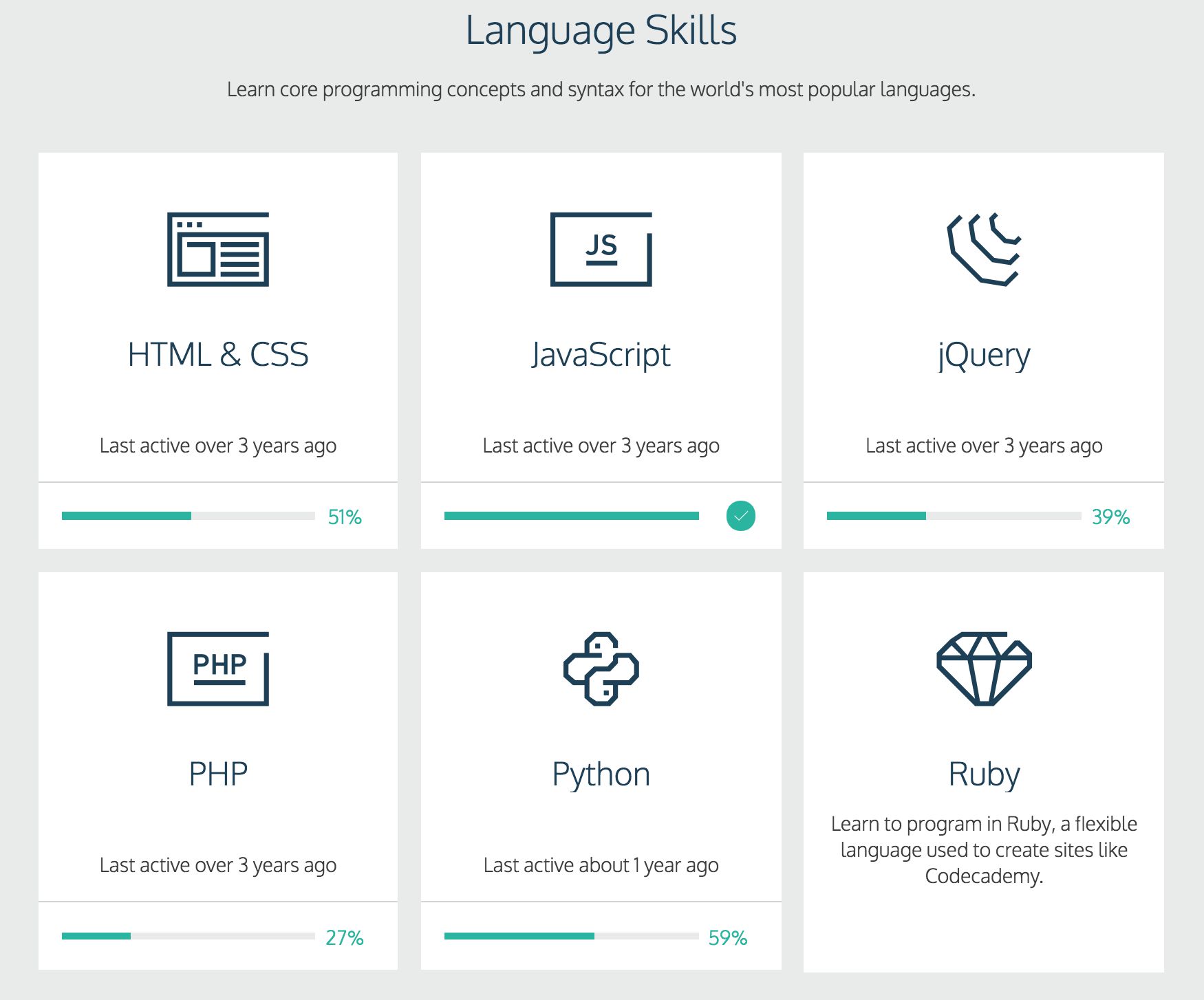

You can use Emojipedia to search or browse for whatever emoji you are looking for. One great place for doing that is Emojipedia. You just need an app or web site that allows you to copy emojis in their native, character form. The easiest way to display an emoji involves simply copying and pasting. The other way is by specifying the emoji via its primitive numerical representation. One way is by using the emoji directly in your HTML. You have two ways of being able to do this, each with a varying degree of funness. Once you've done this, now comes the fun part of actually getting an emoji to display. Inside your head tag, be sure to specify the following meta tag: This ensures our emojis display consistently across the variety of browsers and devices your users may be running. To use emojis in HTML, the first thing we need to do is set the document's character encoding to UTF-8. It's time to see emojis in action inside our web documents! Emojis in HTML To say we just scratched the surface in understanding emojis is an overstatement, but this is enough for us to get started. They have a more primitive numerical representation that you can use to get them to display.You can select them, copy them, paste them, adjust their size, and so on.Towards the end of this tutorial, I go into much greater detail on what emojis are and some of the details under the covers that makes them work. They are more like the letters, numbers, punctuation marks, and weird symbols that we tend to bucket as text: While this may give you the impression that they are images in the traditional sense, they aren't. We already know that emojis are these tiny colorful icons. This tutorial will help you master all of this hoop jumping like a pro! There are a few hoops we need to learn how to jump through, but don't worry. For us web developers wanting to use emojis in our HTML, CSS, and JavaScript, the story is a bit different. You and I use them all the time, and almost every chat or messaging-related app under the sun provides great support for it:įor everyday users, emojis are great. It's no longer something that only people half our age use to communicate. You can find a lot of clipart or emojis that help deliver high visual impact for little expense in code.Ĭaveats are not every platform offers the same set of clipart or emojis nor are they consistent in appearance on the ones that they do offer.From its humble beginnings in 1999, Emojis are all the rage these days. This is due to a bug in Qt 5.12.x reported in. However, the Button requires a workaround that disables the material design capitalization on Buttons. We see that the smiley and the face emoji renders okay on both the Text and the Button You can use Unicode emojis and clipart in Buttons and MenuItems: It also covers some new syntax introduced in AppStudio 3.3, Qt 5.12.1 and ECMAScript 7 (which includes ECMAScript 6).Ģ. This blog talks about Unicode and the wonderful emojis and cliparts that are hidden within.

This amazing clipart can be produced with a surprising short amount of code:įont.


 0 kommentar(er)
0 kommentar(er)
